
Giant Bats for Friday
In the summer of 1967, a strange beast was observed one evening “struggling on the ground” on farmland in Moca. The beast appeared injured and the farmer, terrified that it was something demonic, fled the scene to the safety of his home. The next day, the creature was gone. The farmer’s son does not believe it was demonic but believes that what his father had seen was some form of giant bat - and he bases this on the description of the creature having “a face like a little monkey - but much bigger,” a dark coloured body, and distinctly bat-like wings. The Farmer told his son that the animal appeared to be “near human in size.”
A large bat indeed but giant bats are not unknown in folklore.
Cameroon has the Olitiau said to be an immense bat-like beast, with large wings, a monkey-like face, and black fur. In Madagascar a similar beastie has been reported and in Fangalabolo. In Java, reports of the Ahool: a giant bat with a 12-foot wingspan. Then there is The Guiafairo (whose name translates to “The fear that flies by night”) of Senegal .The mythology of Indonesia tells of the Orang-Bati, a large bat-like entity, that lurks within an extinct volcano.
The discovery of six new kinds of fossils of bats illustrates the remarkably rich, and previously unsuspected, diversity of bats in Africa 37-34 million years ago. Many modern bat families only diversified and radiated after their initial dispersal into Africa. The Fayum bats include members of the most common and widespread group of living bats, A spokesperson said “Clearly the modern bat families have very ancient origins, and at least some of them probably originated in Africa.”
The folk tales have something to them then. But what about today? Well I found this reuters report:
OSLO (Reuters) - A giant bat with a wingspan up to 5.5 feet has made a comeback from the brink of extinction in Tanzania in a rare conservation success, an environmental group said on Friday Numbers of the Pemba flying fox, a type of fruit bat, have risen to 22,000 since it was rated critically endangered two decades ago when "only a scant few individual fruit bats could be observed," British-based Fauna and Flora International said. In a release coinciding with Halloween, it said that the bat's maximum wingspan was "greater than the height of the average British woman."A conservation drive helped the species recover, an exception to mounting losses of animals and plant species caused by destruction of habitats linked to rising human populations. The bats were once considered a delicacy and were hunted and eaten throughout Pemba island, the bats' only habitat, in the Zanzibar archipelago off Tanzania.
(Editing by Michael Roddy) Thu Oct 30, 2008
http://www.reuters.com/article/scienceNews/idUSTRE49U09Q20081031
Are giant bats blood suckers? Well , there was once a true giant vampire bat and some experts think that creature of the late Pleistocene, the Desmodus draculae, may still be alive today in some remote corner of the world. Nicaragua perhaps? Unlikely, but not impossible.. The farmers of Nicaragua, say it is still around attacking livestock.
Another possible giant bat is the kongamato, said to be found in Africa. This creature has reddish fur, and has a long snout instead of a flattened face. Madagascar, an island off the coast of Africa, has tales about a bat called the fangalabolo, with a wingspan larger than five feet. Then there is the Guiafairo of Senegal is described as a giant bat that is very smelly and is said to terrify people by making its way indoors. Its name translates to "the fear that flies by night." The mlularuka of Tanzania is perhaps the most ordinary of undiscovered African bats. Like known species of giant bats, it is a fruit-eater and thus is mainly spoken of as a pest to agriculture. It is described as being the size of a dog.
And this story of bats eating birds:
However research by Spanish and Swiss scientists (published this week in PLoS ONE) shows that migration at night is not without risk for passerines. However it has been discovered that the Giant noctule bat, a 45 cm wing-spanned bat fully equipped with sharp canines and an efficient radar system actually hunts the birds. The bats exploit the formidable food source represented by the billions of high-flying, Eurasian songbirds which engage twice a year into long-distance, north-south or south-north nocturnal movements. The danger seems especially acute where birds' flight routes converge around the Mediterranean basin, such as the Iberian Peninsula. This newly recognized hazard adds to the numerous obstacles that sea and desert crossings already represent for fragile migratory passerines. In 2001, Carlos Ibáñez and his colleagues at the Doñana Biological Station in Seville, Spain, suggested that the Giant noctule bat (Nyctalus lasiopterus), a rare European species occurring principally in the Mediterranean, may feed to a large extent on birds (Proceedings of the National Academy of Sciences 98, 9700-9702). They had found numerous feathers in the faeces of Spanish Giant noctules, with occurrence peaks in the diet in spring and autumn, i.e. during main songbirds' seasonal migration. However there was much scepticism and many observers suggested the bats were purely ingesting the feathers in-flight after confusing them with insects.
So another interesting creature possibly still around. There are large bats around today that are in the main vegetarians or insect eaters but a bigger bat may want a bigger meal. Keep those windows shut at night!

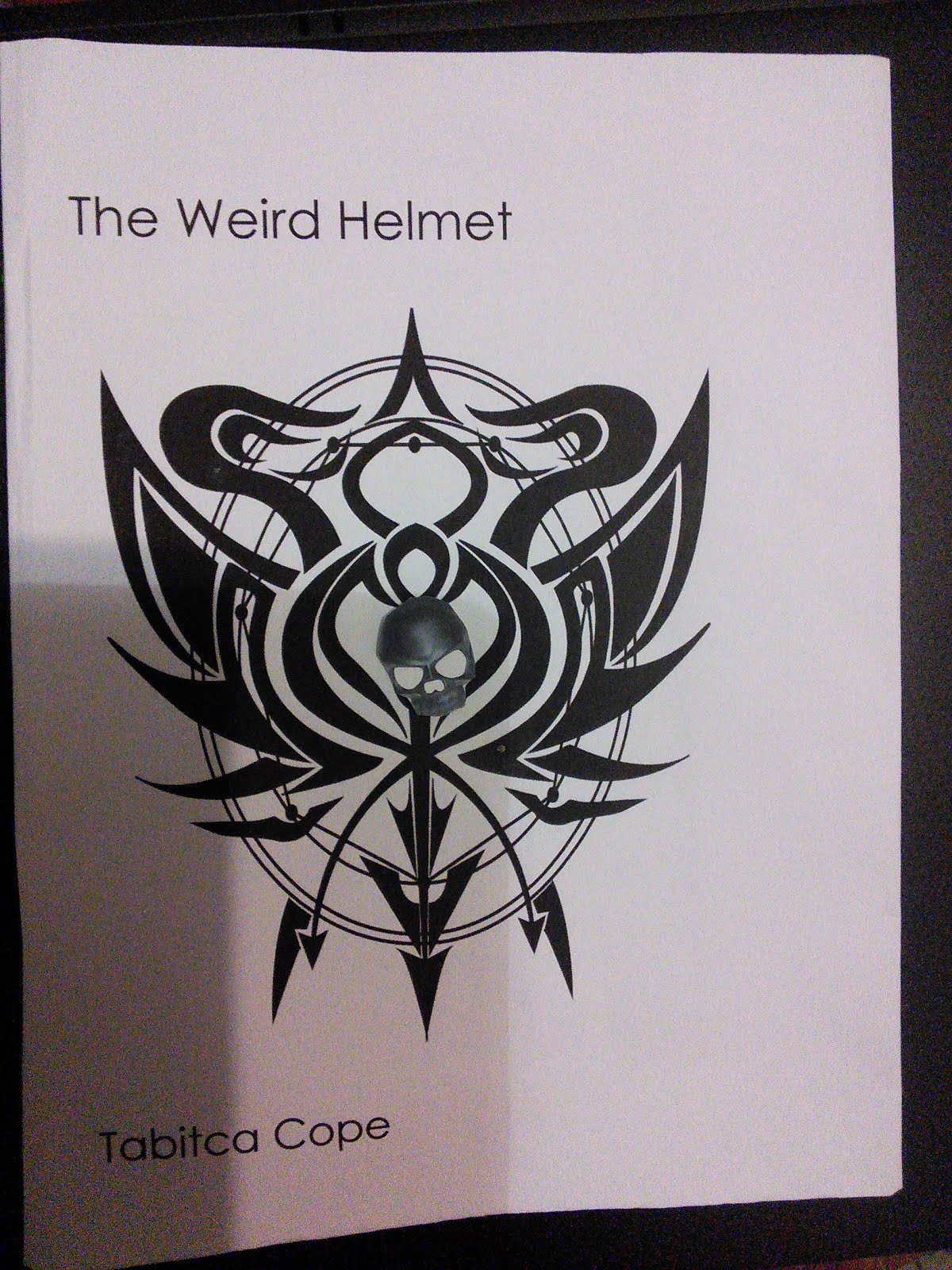
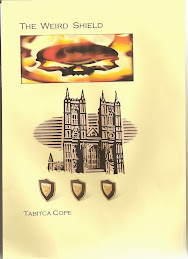

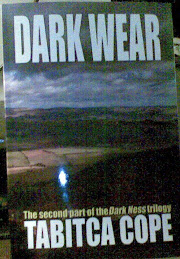


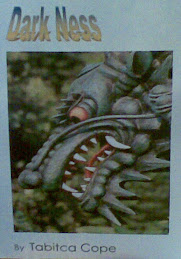
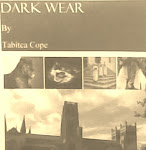












No comments:
Post a Comment